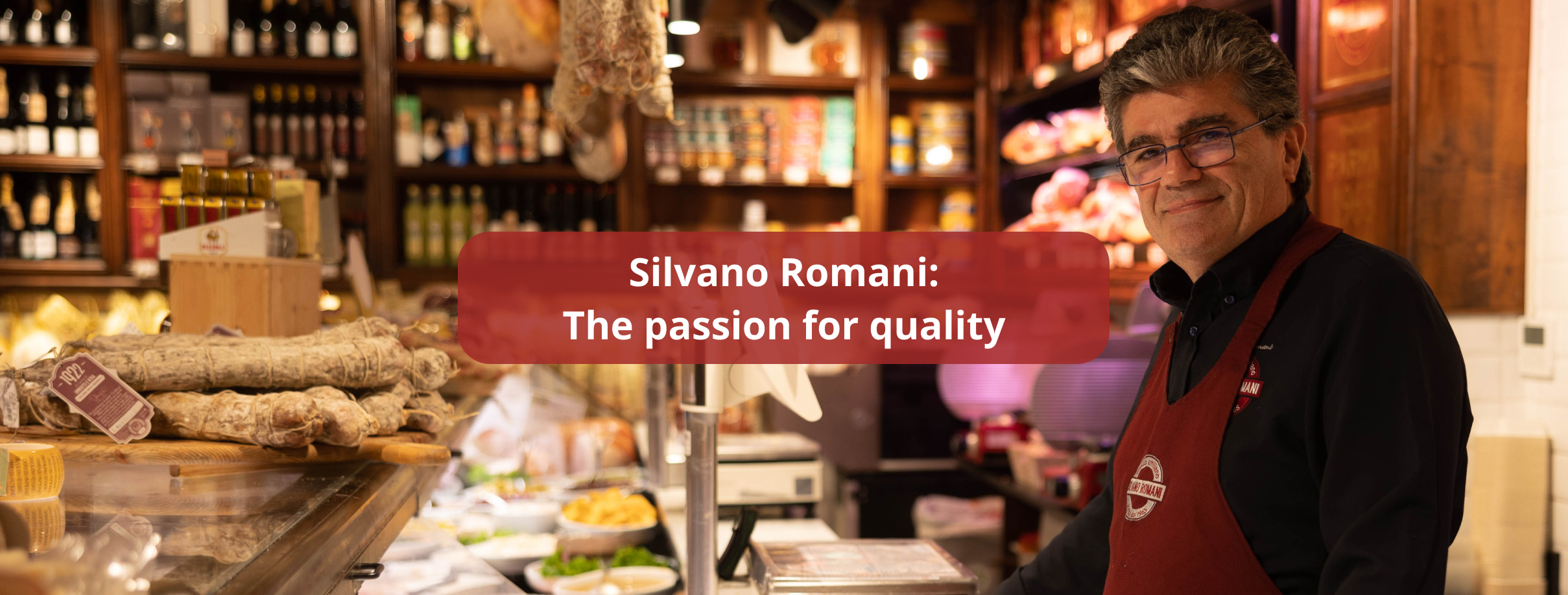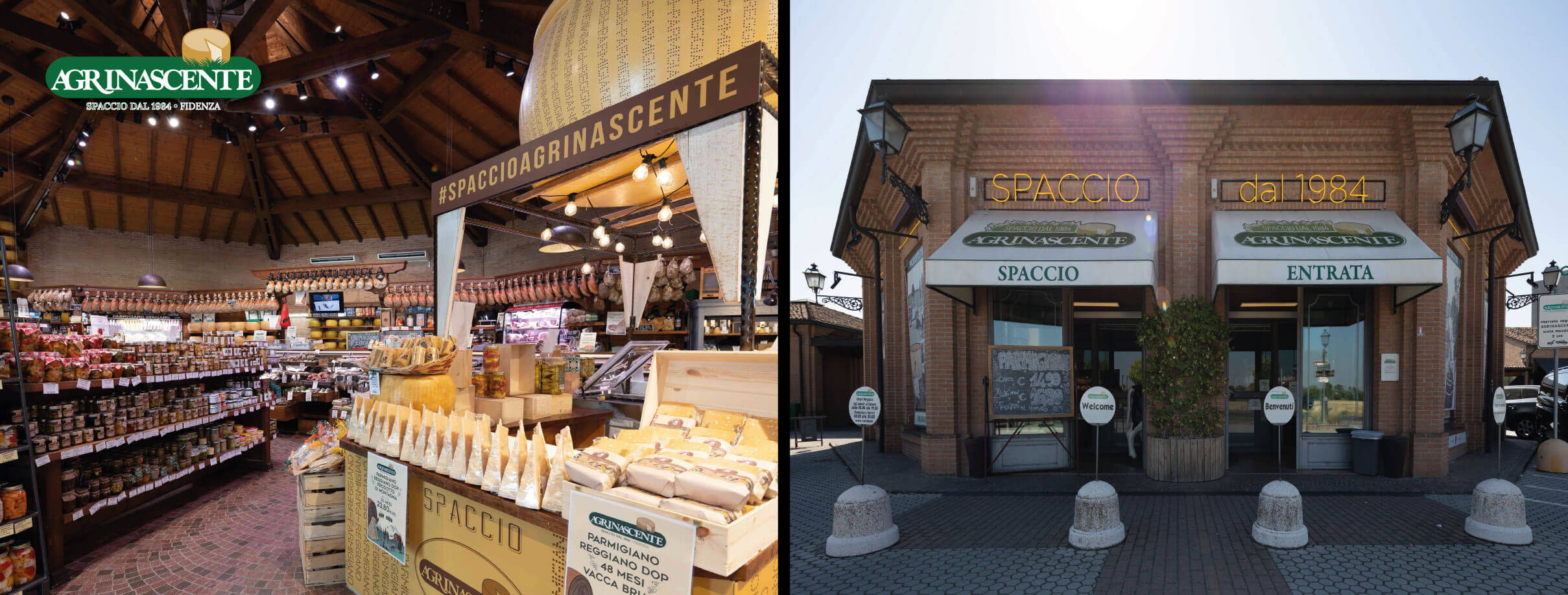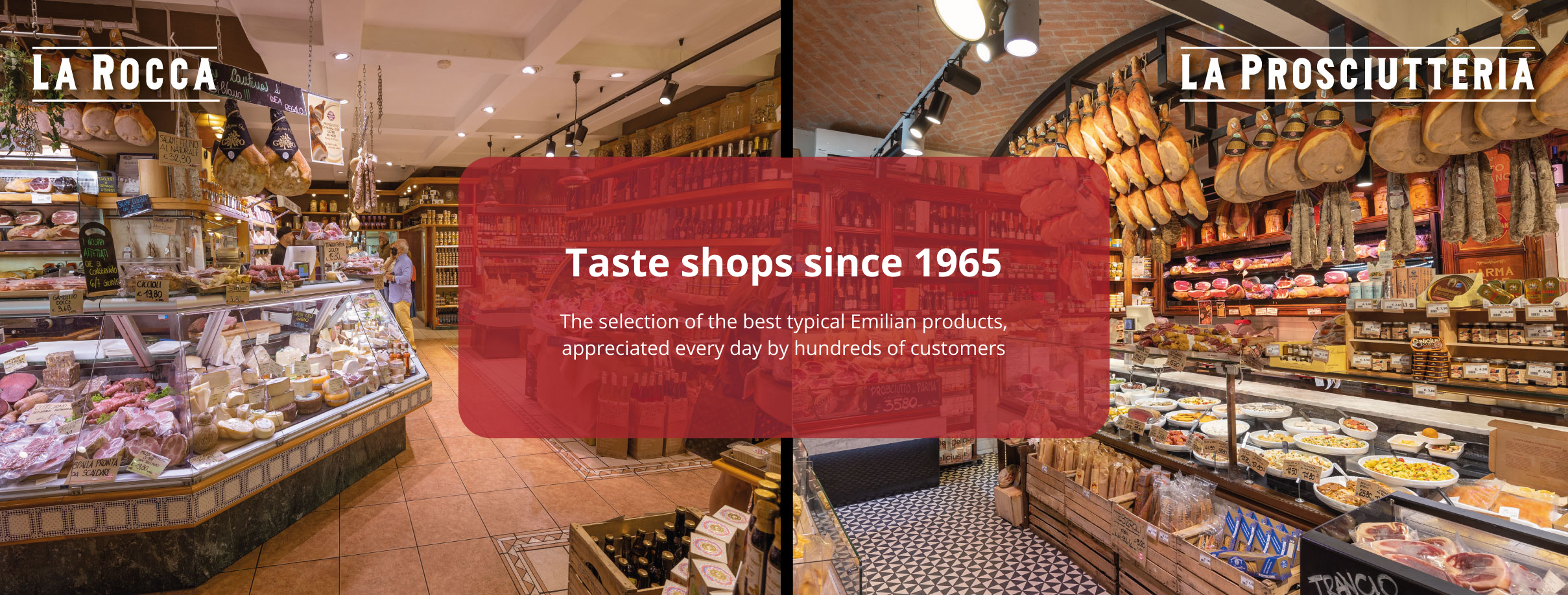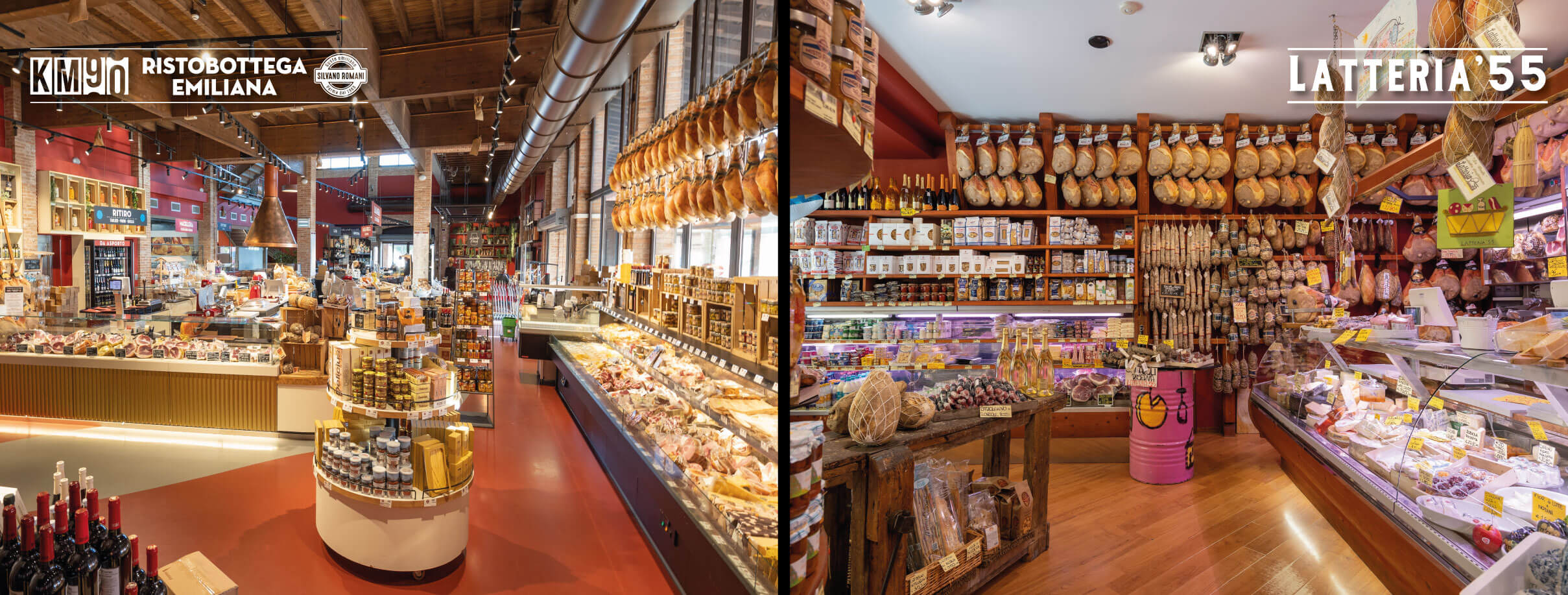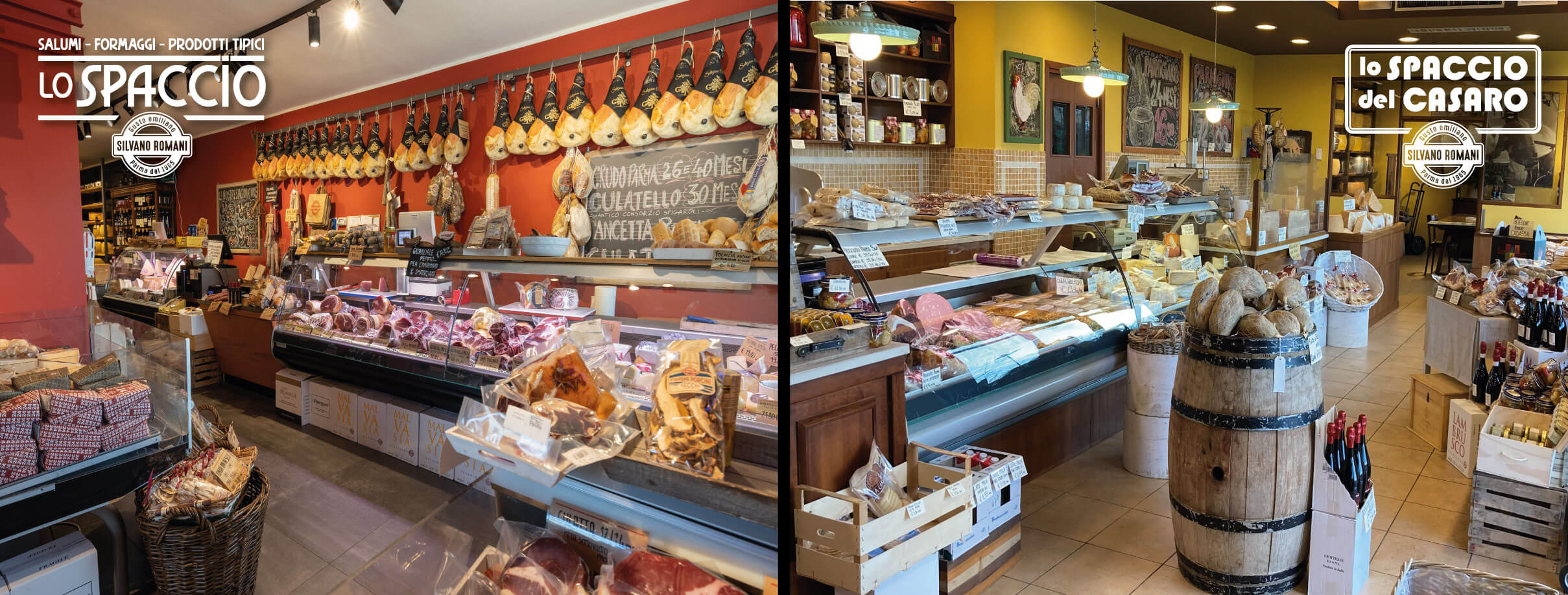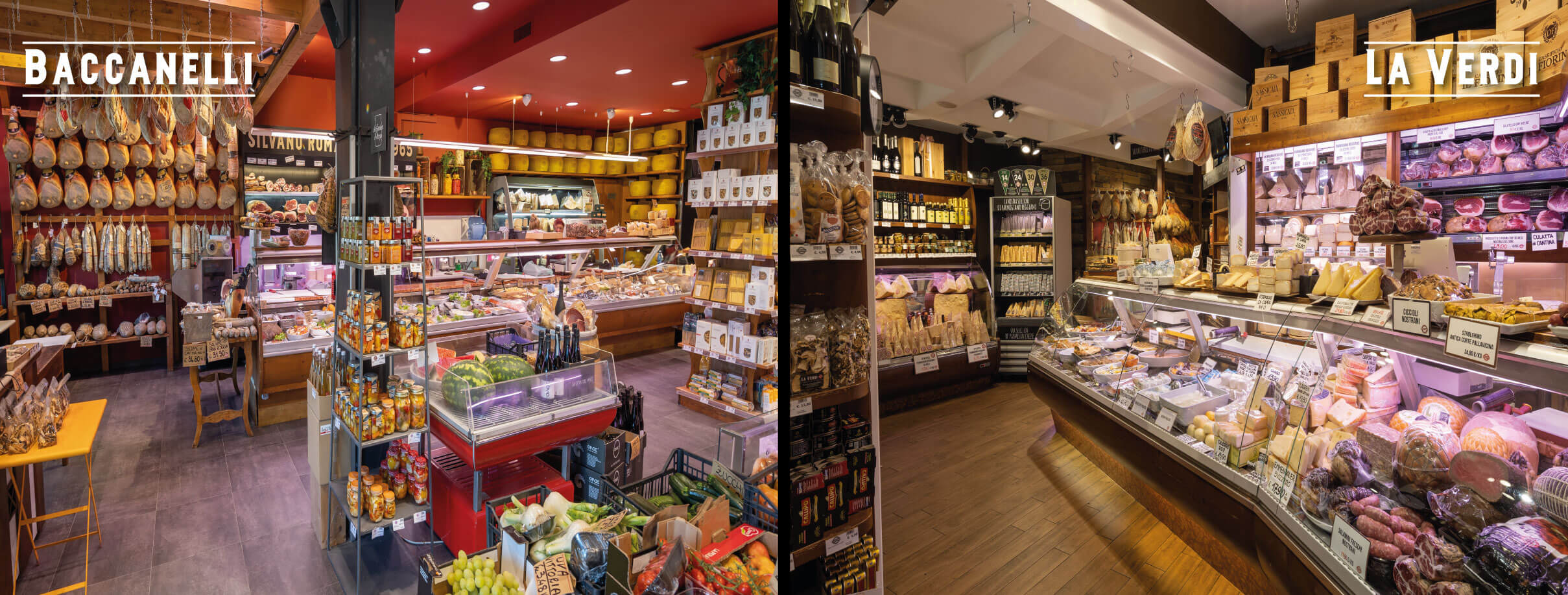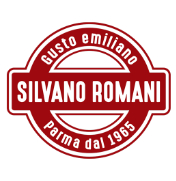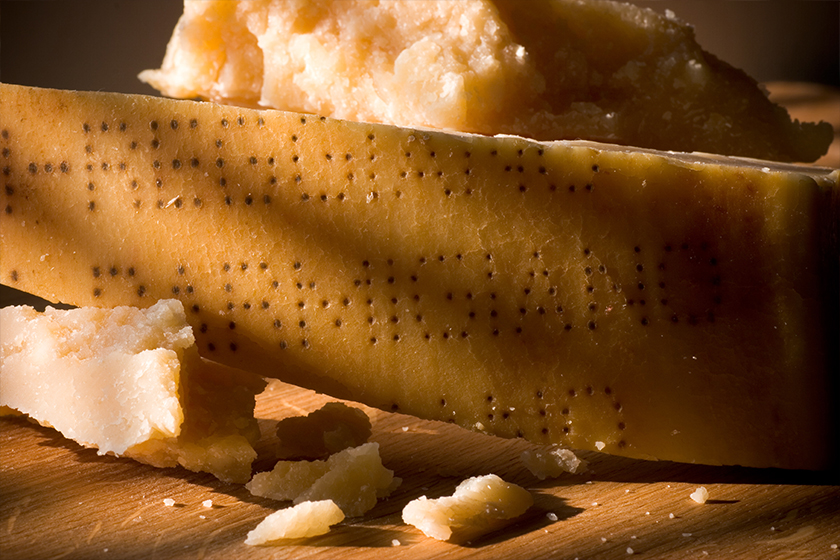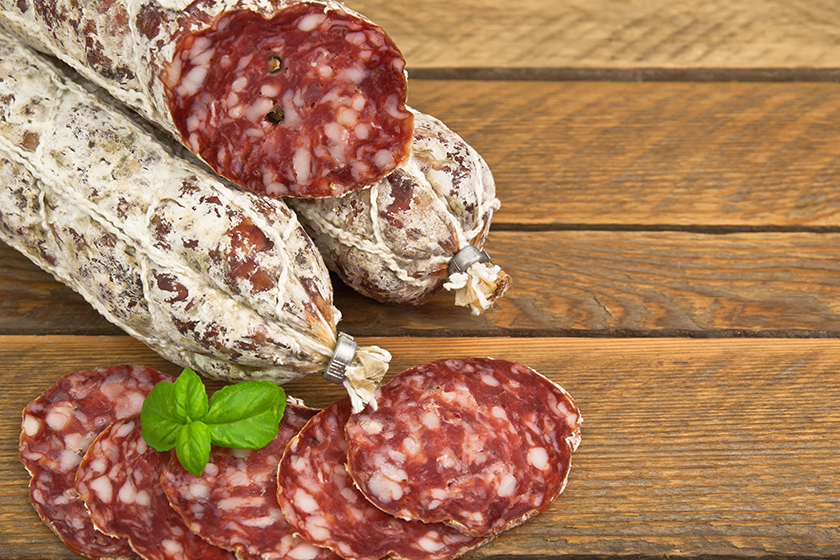Look at the Parmigiano category!
Take time to read the complete article
Many people believe that Parmigiano Reggiano and Grana Padano are the same cheese. Actually they have a number of feautures in common but other ones which distinguish significantly them, so that both cheeses established themselves on European market with the D.O.P designation.
It is obvious to be curious to find out which are the differences between the two cheeses. Here are listed the 7 differences between Parmigiano Reggiano and Grana Padano.
1. Specific areas of production
This is the first difference. The production of Parmigiano Reggiano is limited to the provinces of Parma, Reggio Emilia and Modena and some areas of the provinces of Mantua (to the right of the river Po) and of Bologna (to the left of the river Reno).
Grana Padano can be made by the holdings of 33 provinces between Lombardia,Veneto, Piemonte, Emilia Romagna and Trentino Alto Adige (limitated to the province of Trento and some towns in the province of Bolzano).
2. Cows' fed
Pamigiano-Reggiano Consortium requires a nutrition of cows only consisting of fresh fodder and hayride. Grana Padano Consortium allows also silage.
3. Processing
Parmigiano is made just once a day, with milk partially skimmed, blend the evening before in designed vasts, in which whole milk, blend the same morning, is added. For Grana Padano is used raw milk up to two milkings of the same day, partially skimmed by surface skimming.
4. Preservatives
Preservatives are absolutely forbidden inside Parmigiano Reggiano, whereas these are permitted inside Grana Padano, because the use of grass held into grain elevators implies increased risk of contamination. Lyzozyme, a protein extracted from the albumen of hen eggs, is used as fermentation inhibitor, to prevent the creation of bacterial cultures inside the cheese during the maturing period.
5. Maturing
Parmigiano Reggiano is branded at twelve month, then the product reaches long period of maturing (24-30 months and beyond, without limit) and the consumption occurs immediately after 24 months. Grana Padano is branded at nine months and its average consumption is at fifteenth months.
6. Additives
In the Parmigiano Reggiano cheese-processing establishments shall be only use natural whey as bacterial starter to enhance the microbiological process. Inside Grana Padano are allowed, with restrictions of 12 times a years, also lactic bacteria isolated in the lab by natural whey of cheese dairies.
7. Production zone
Parmigiano Reggiano is produced for 20% in mountain areas (it is the most important D.O.P of mountain area), while the mountain production zone of Grana Padano amounts to 2% on total.


